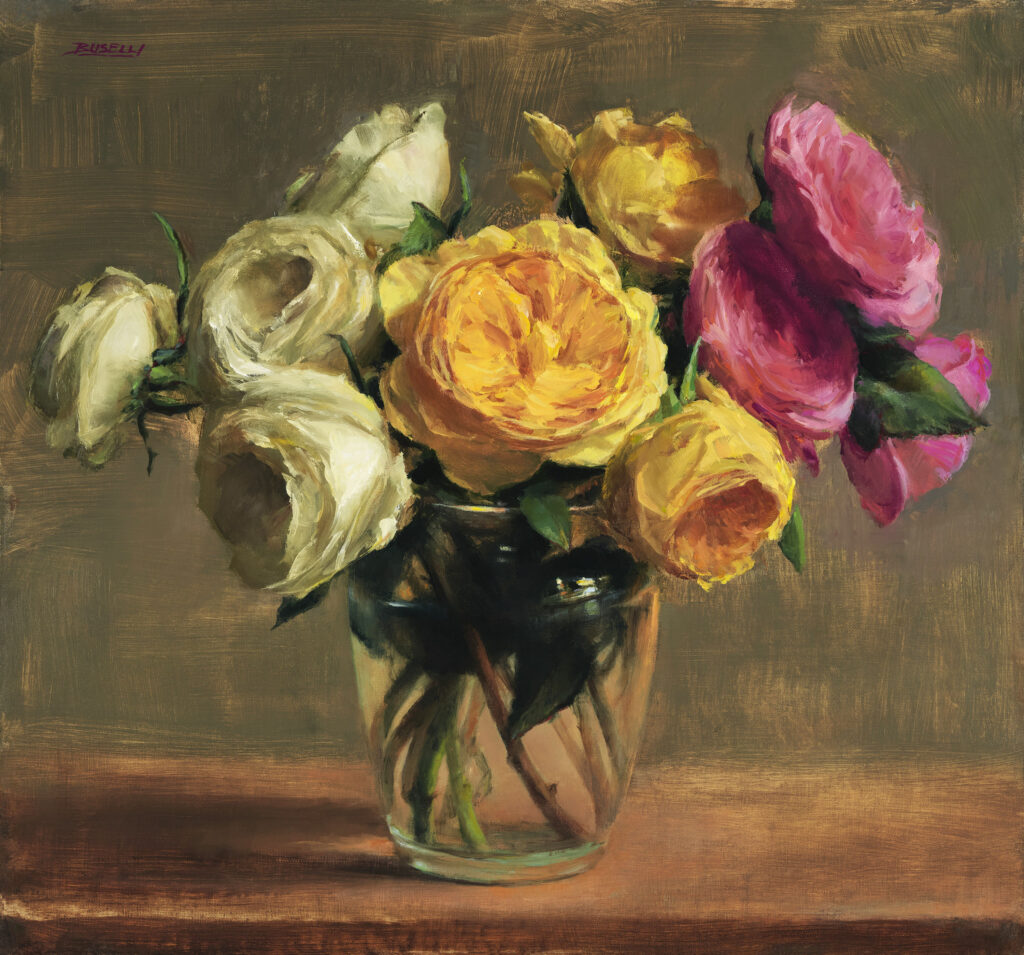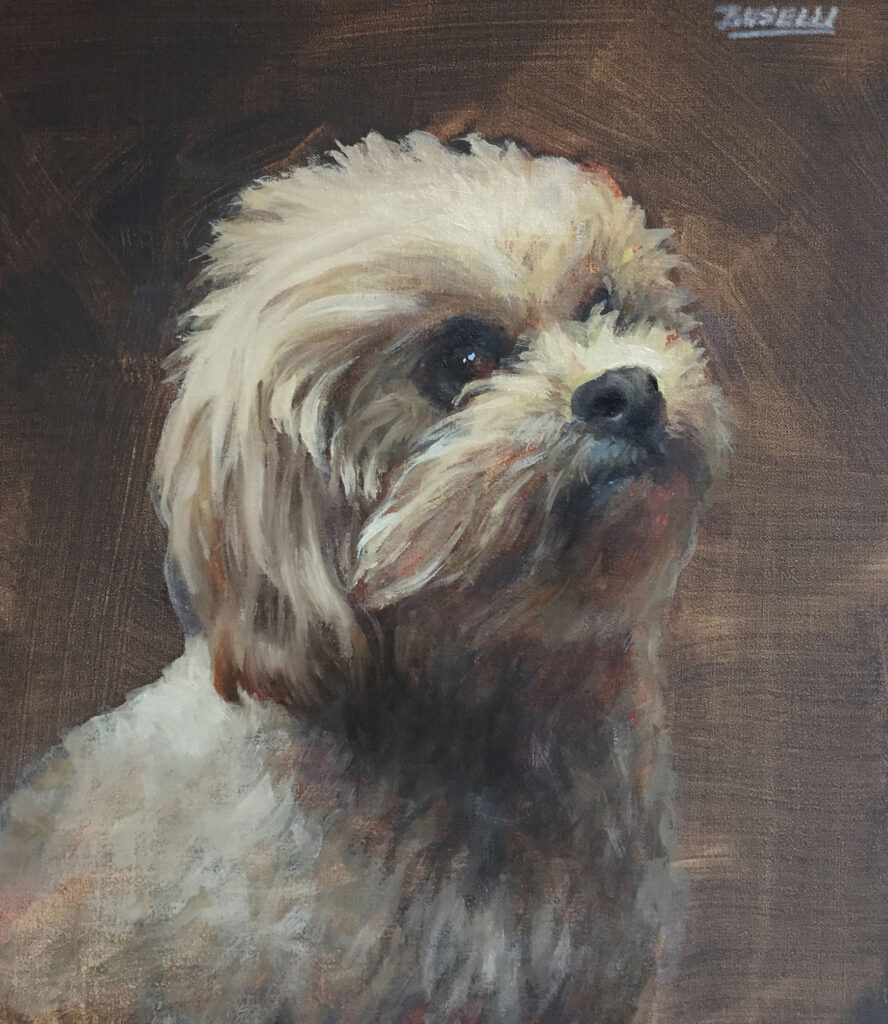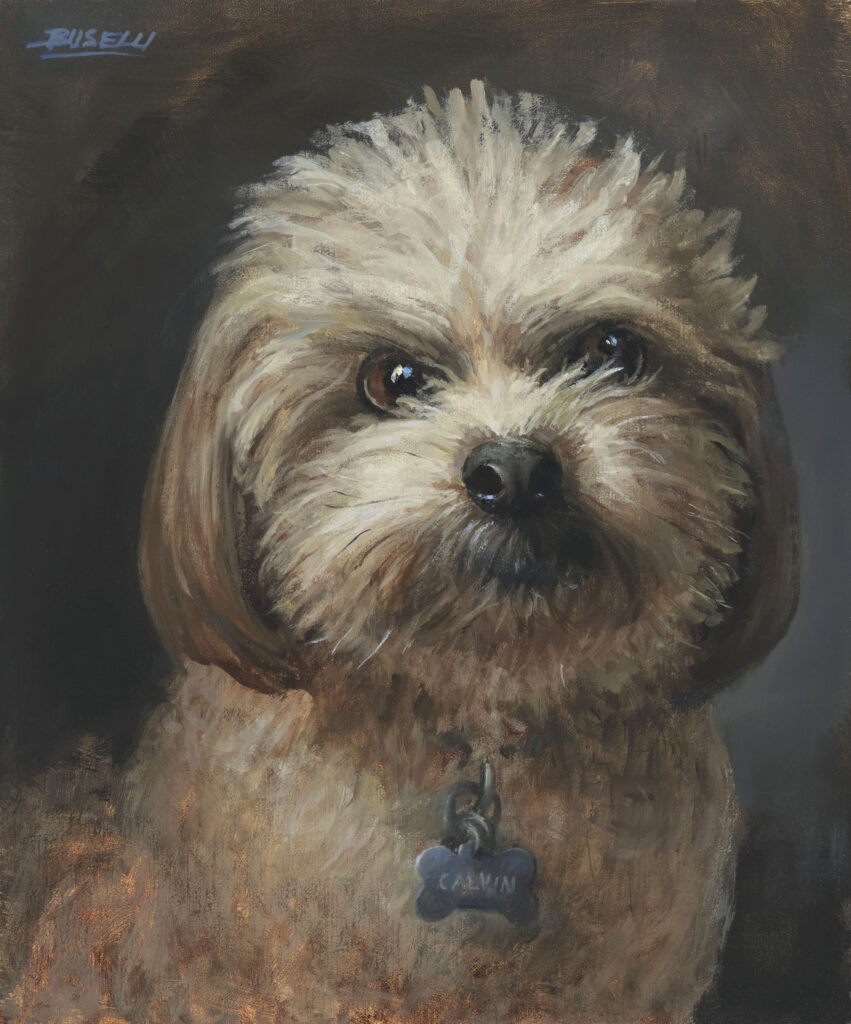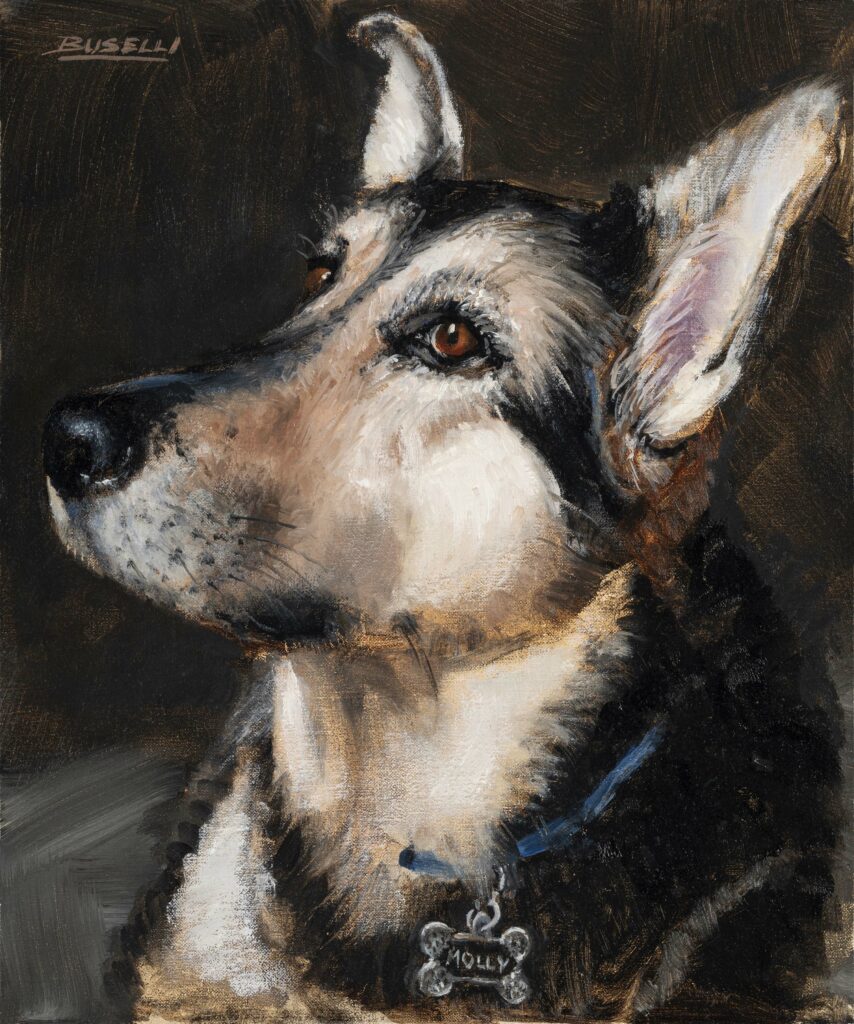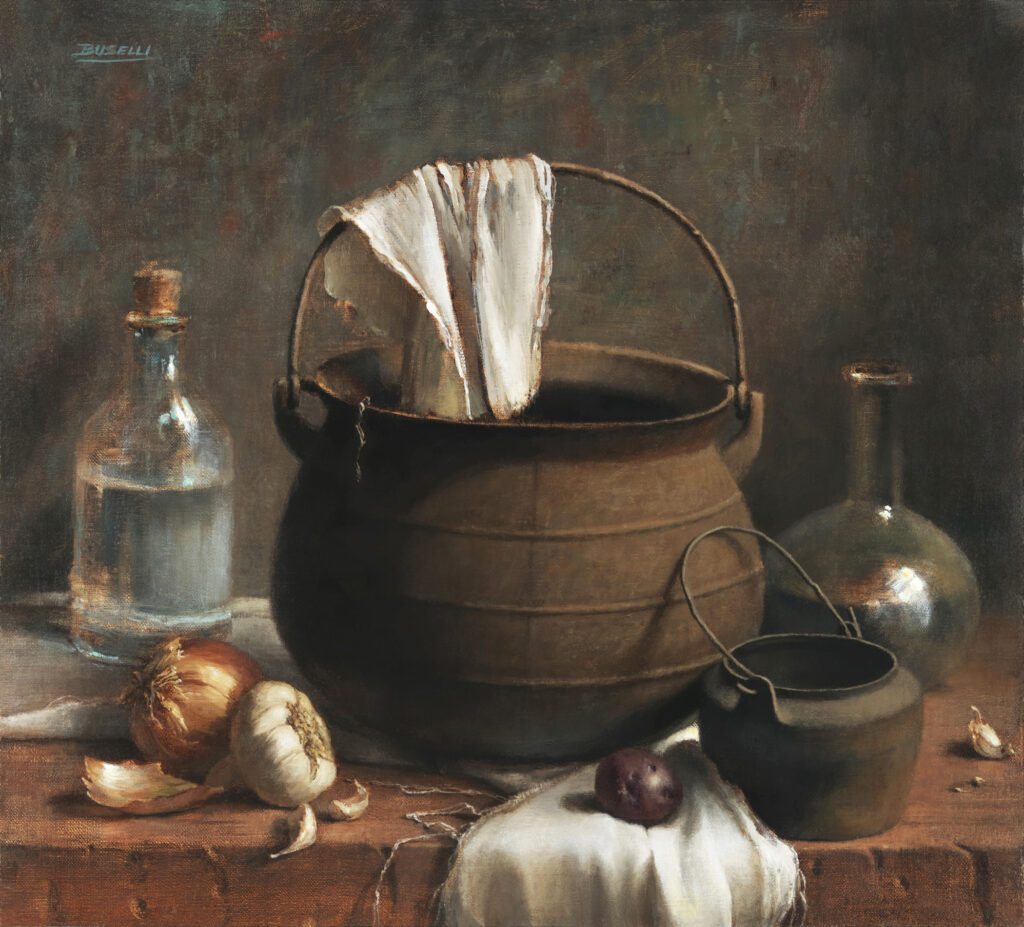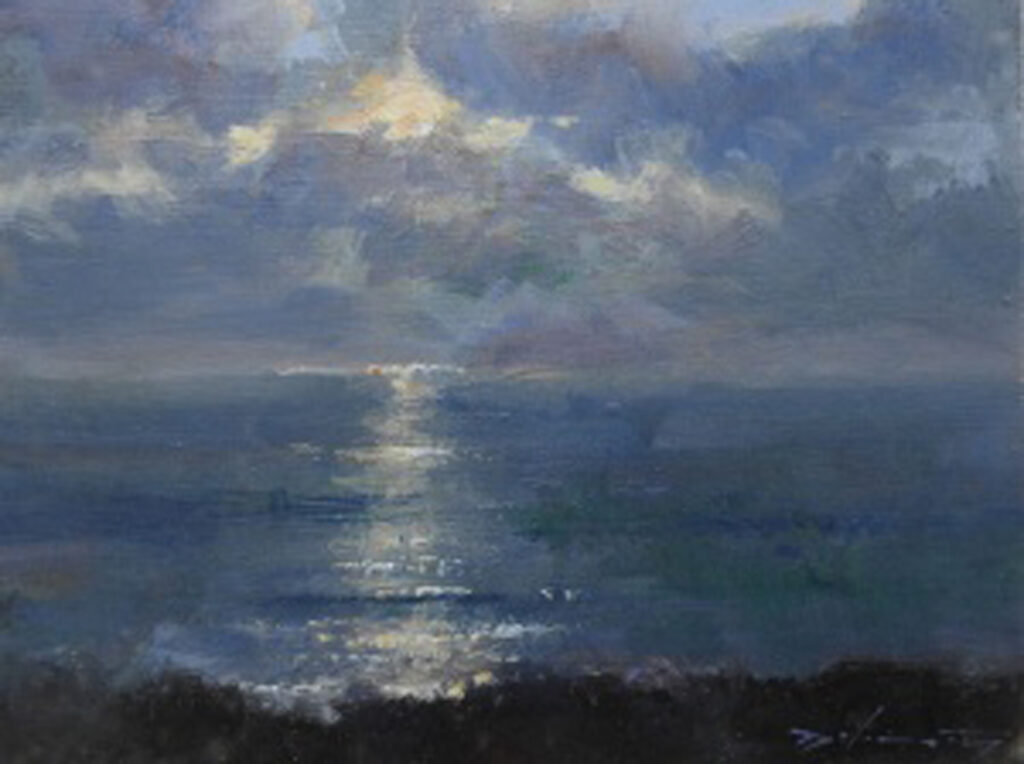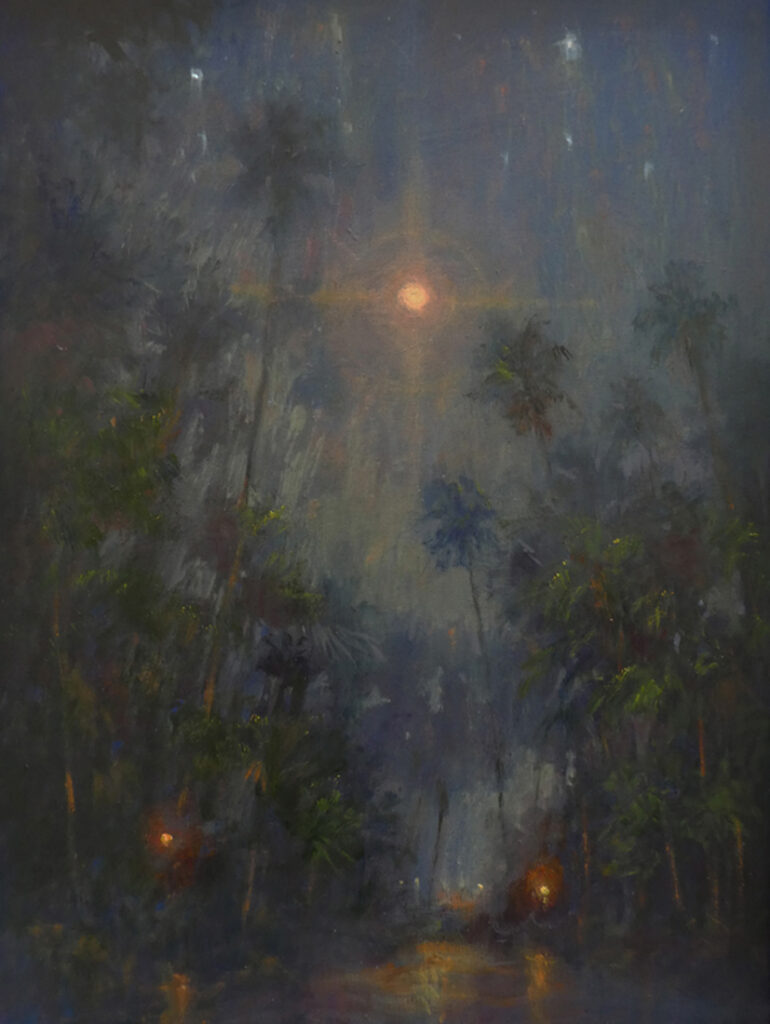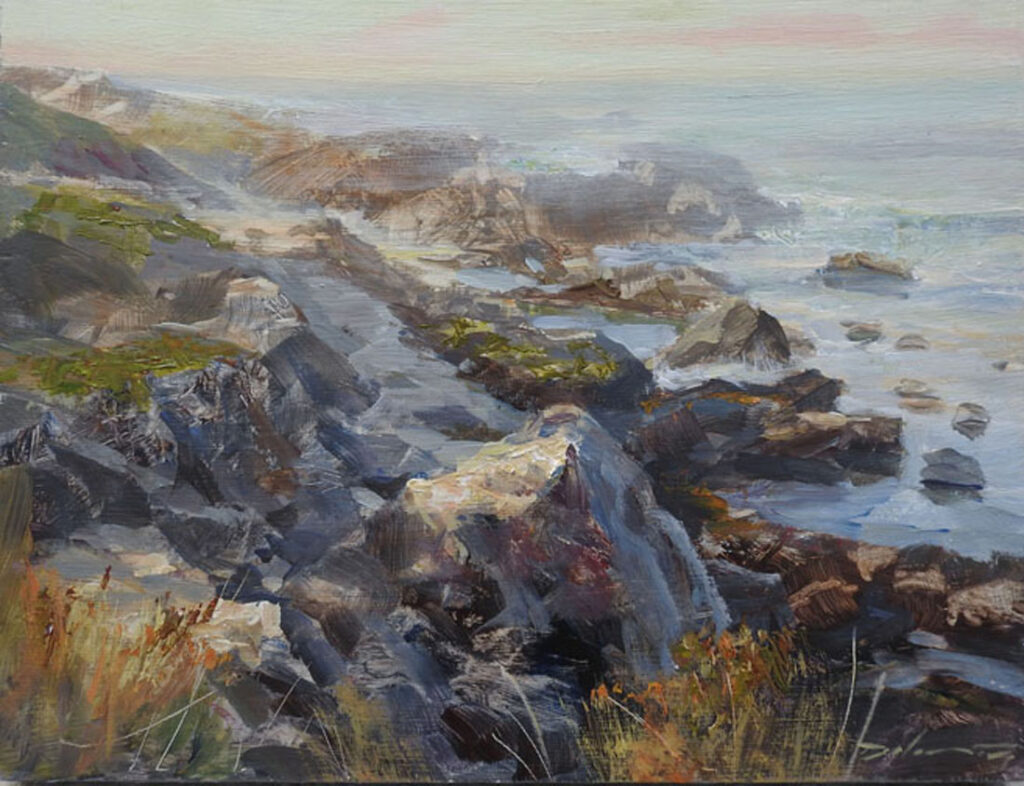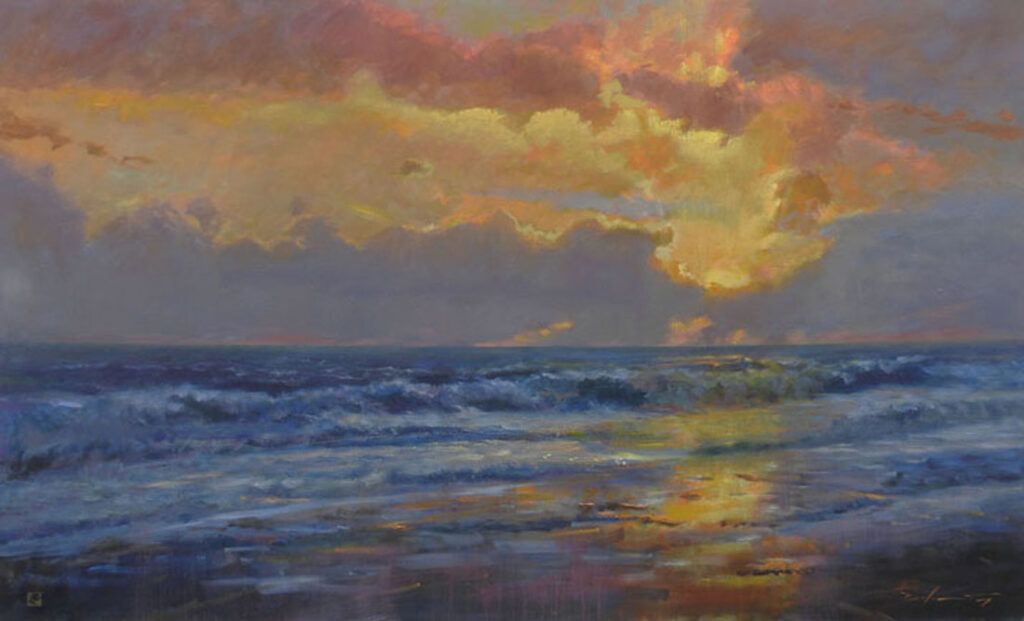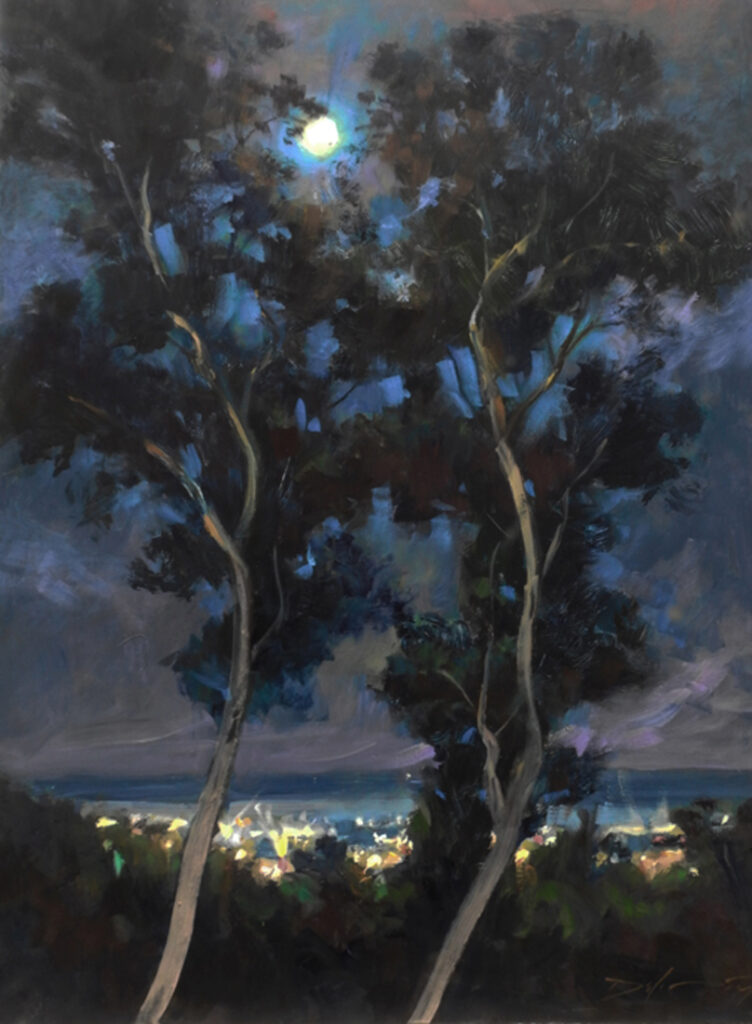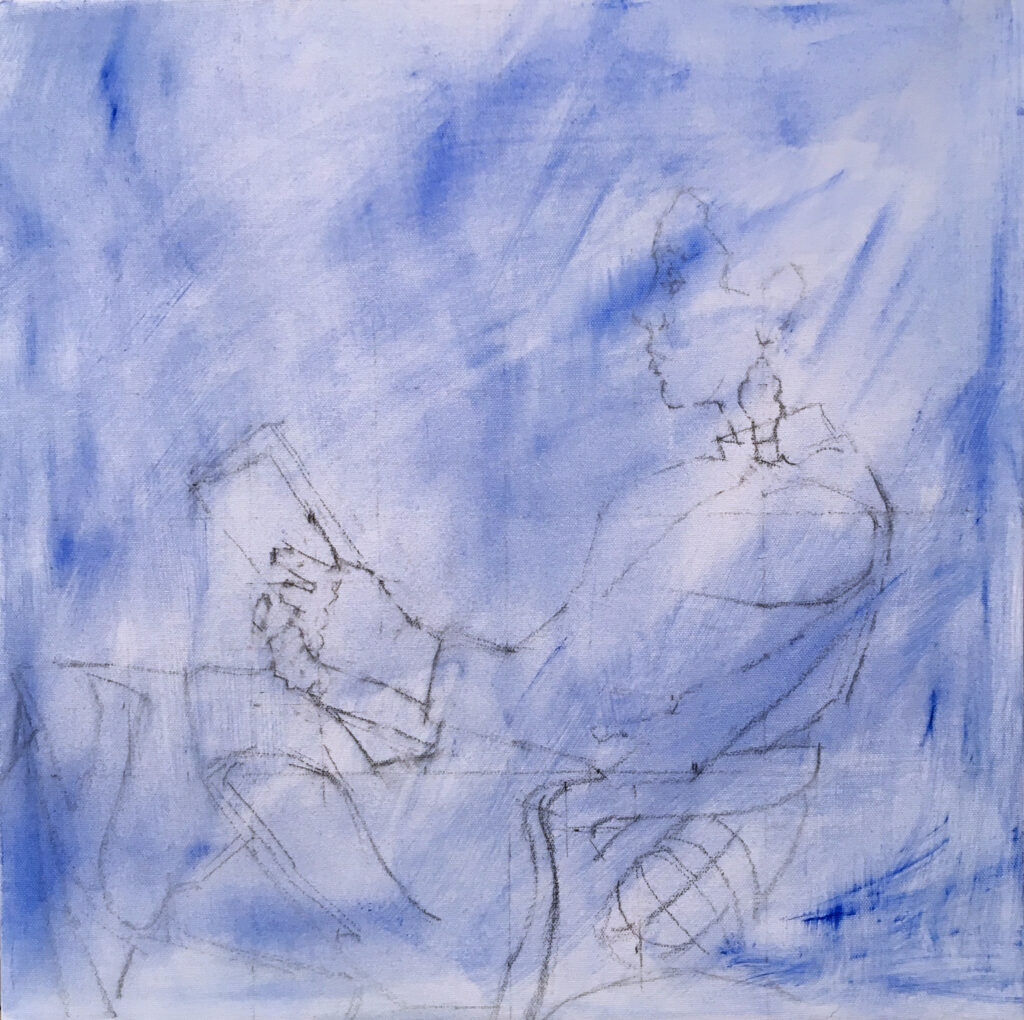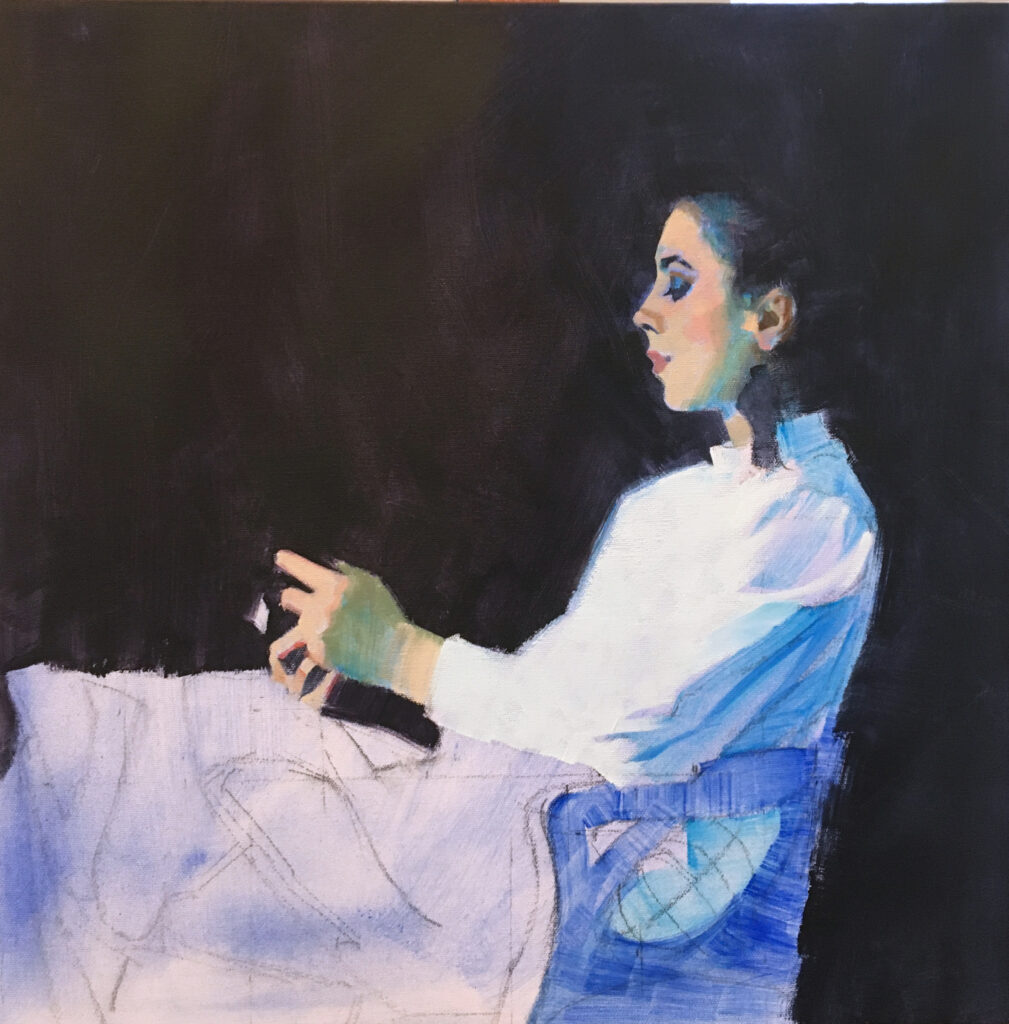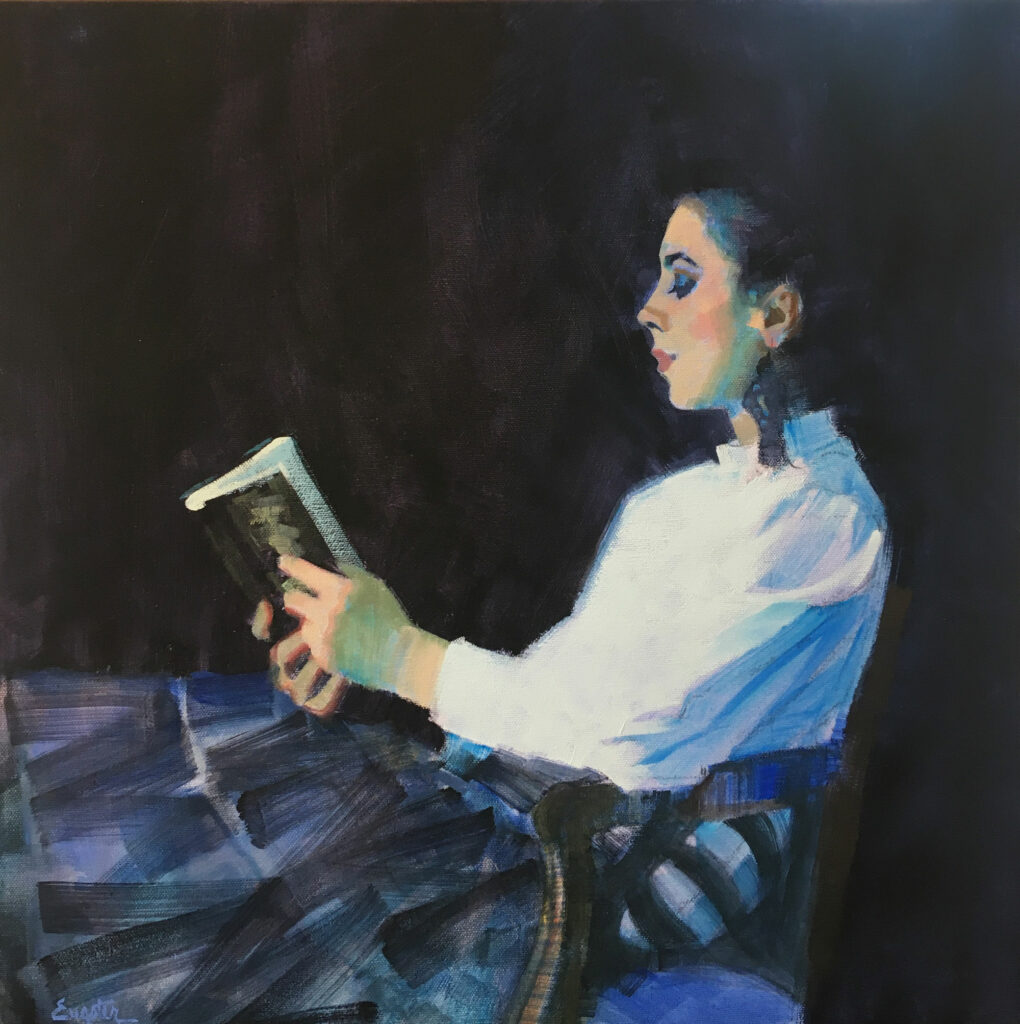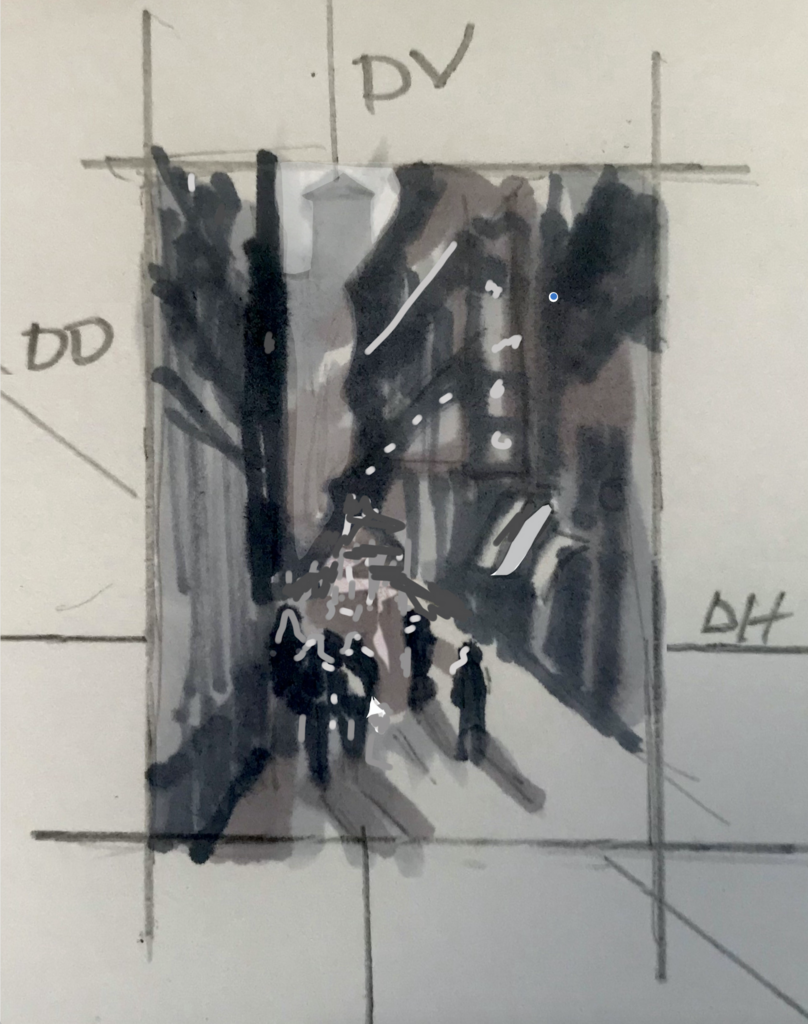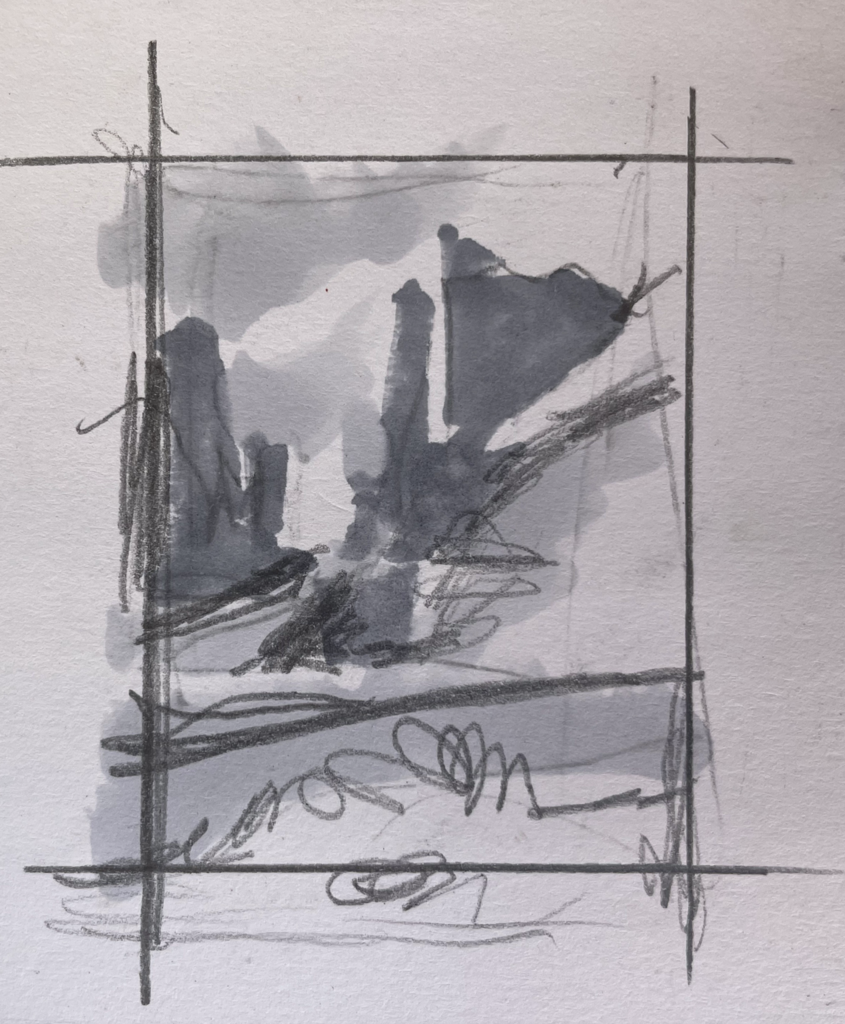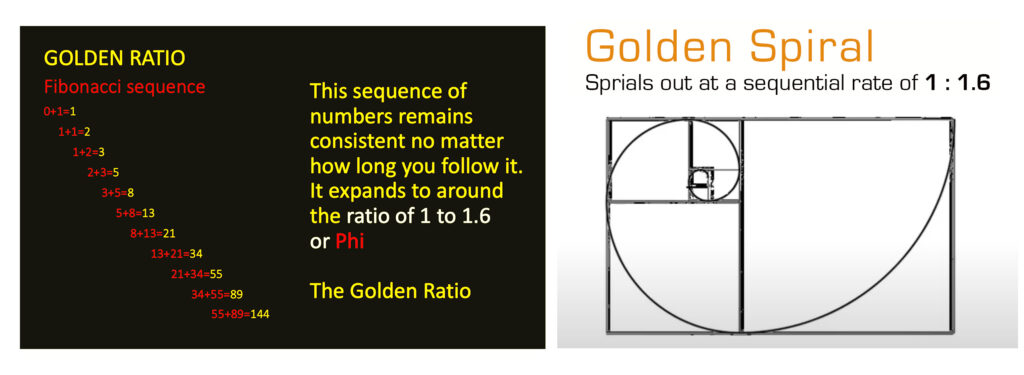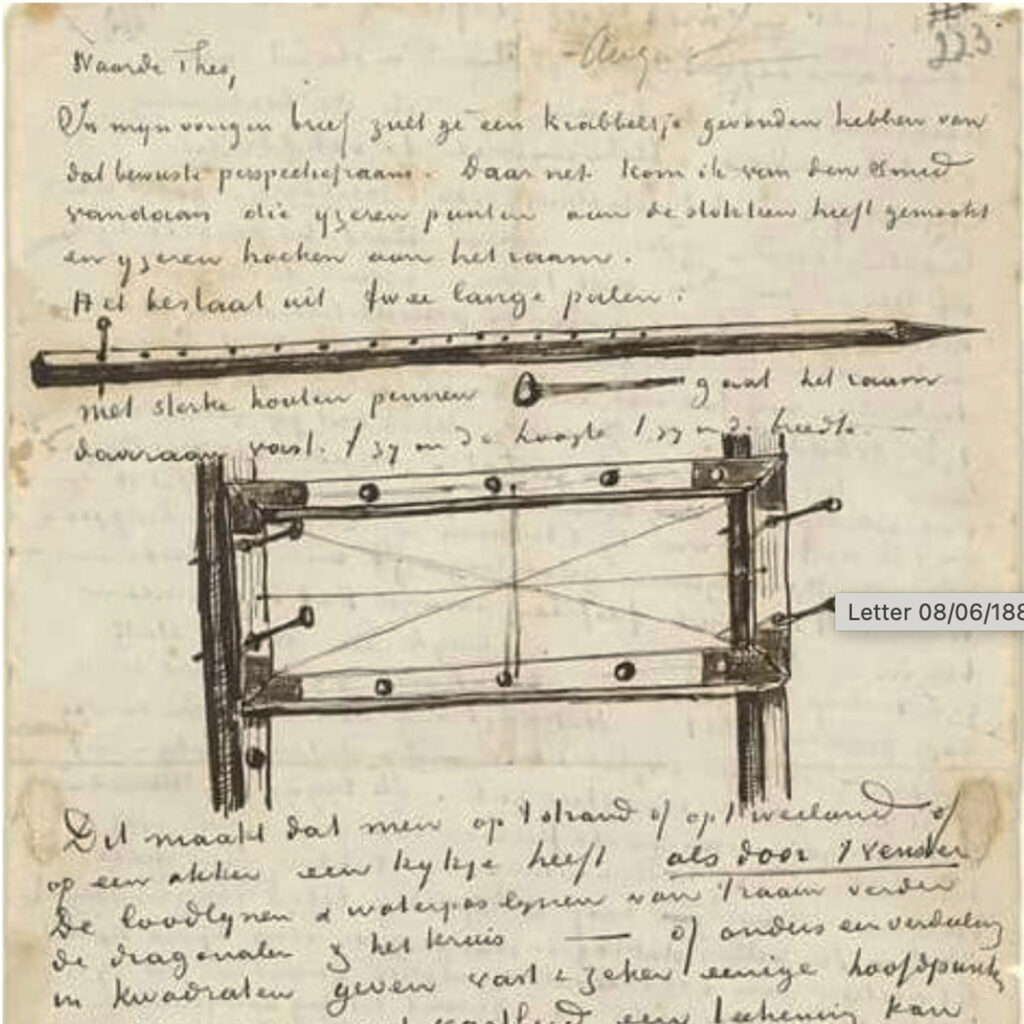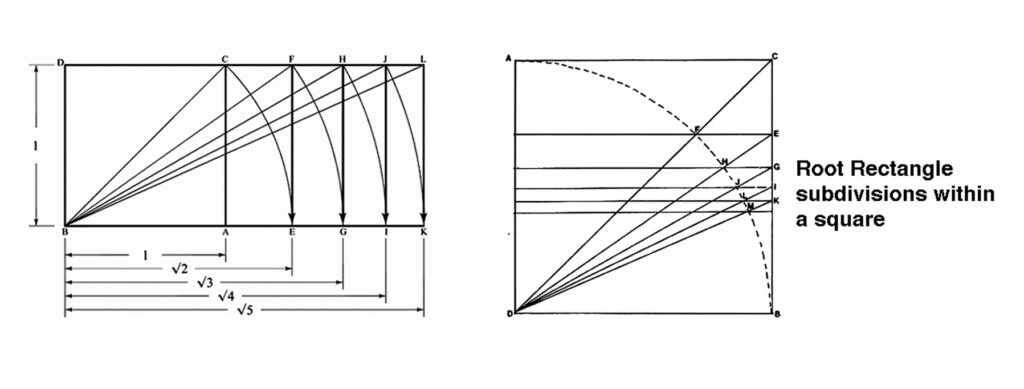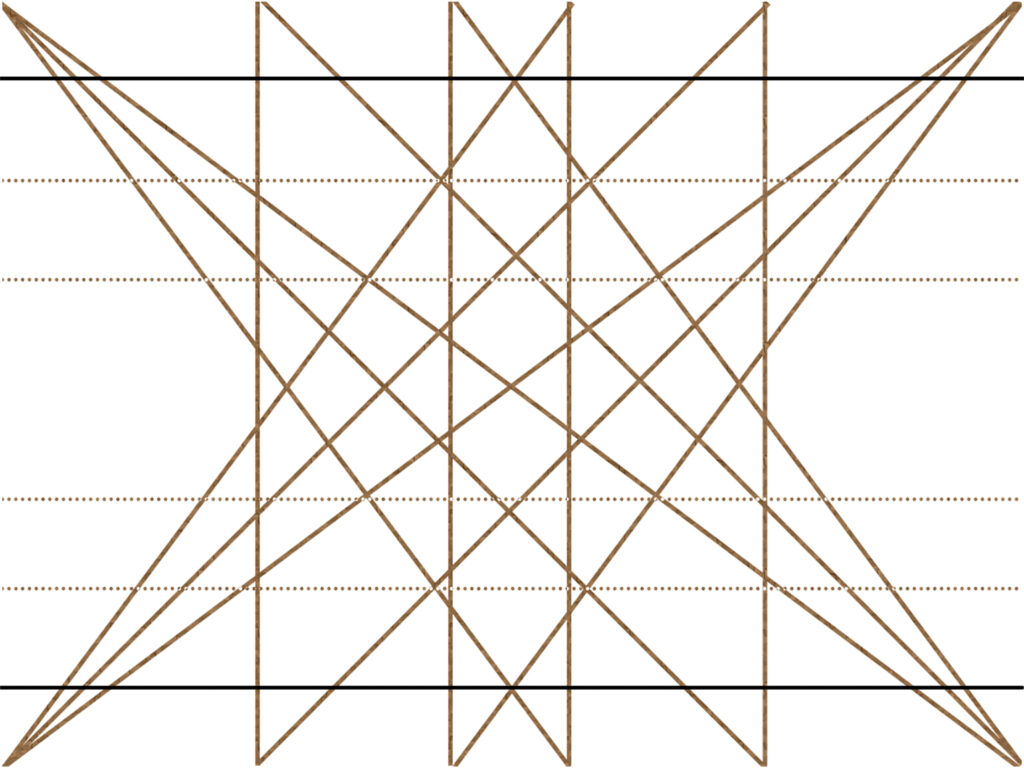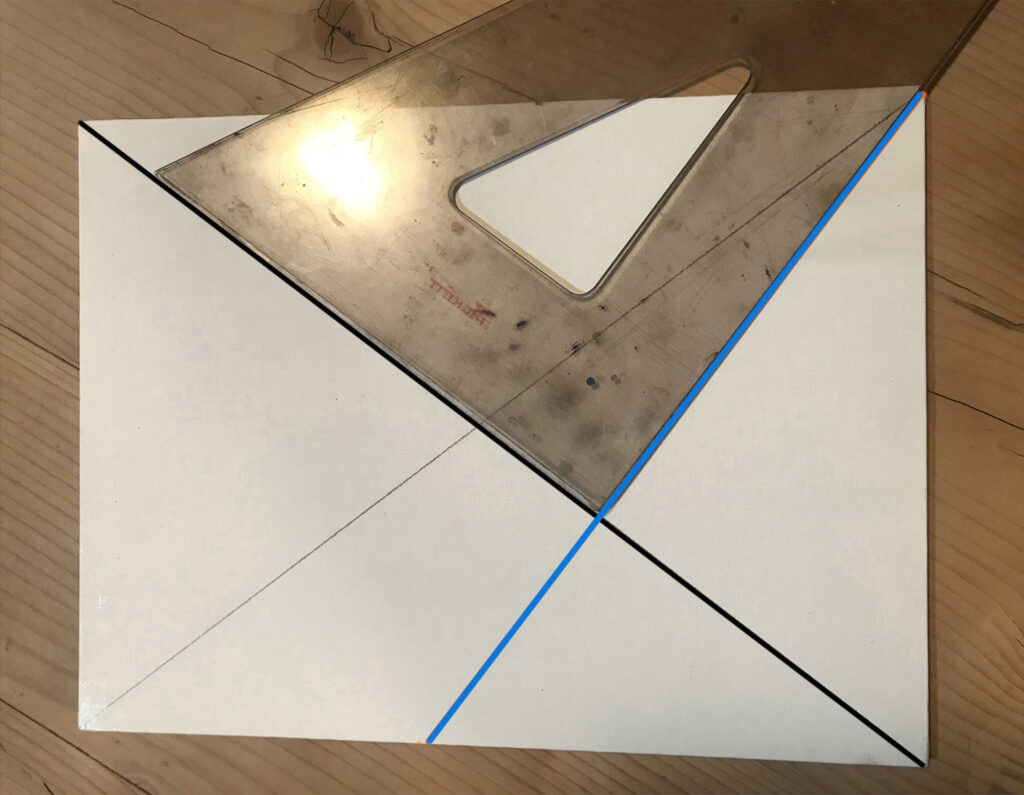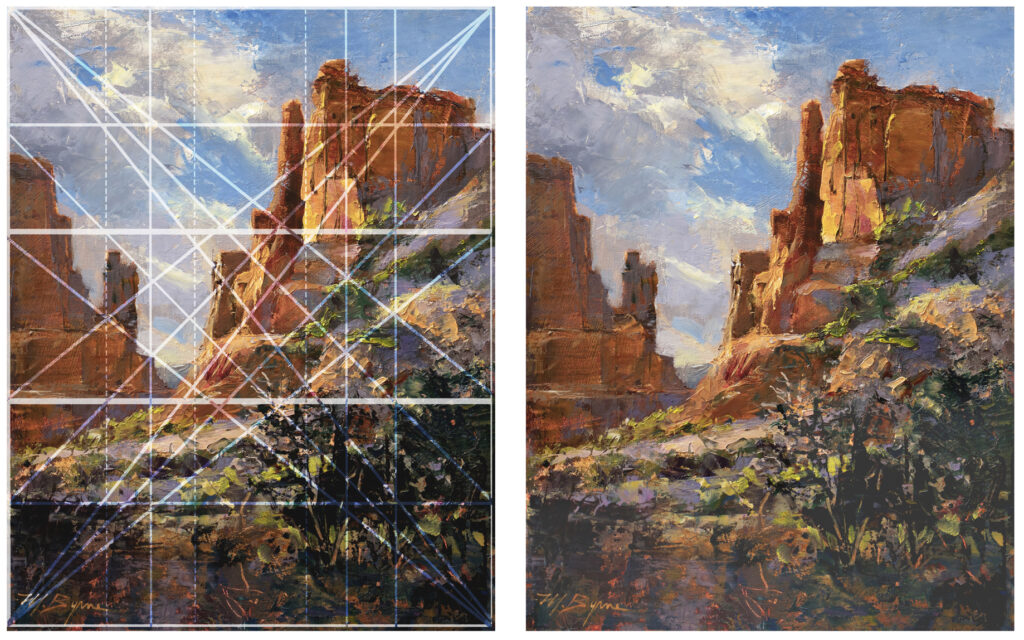OPA wishes everyone a happy and art-filled Mother’s Day.
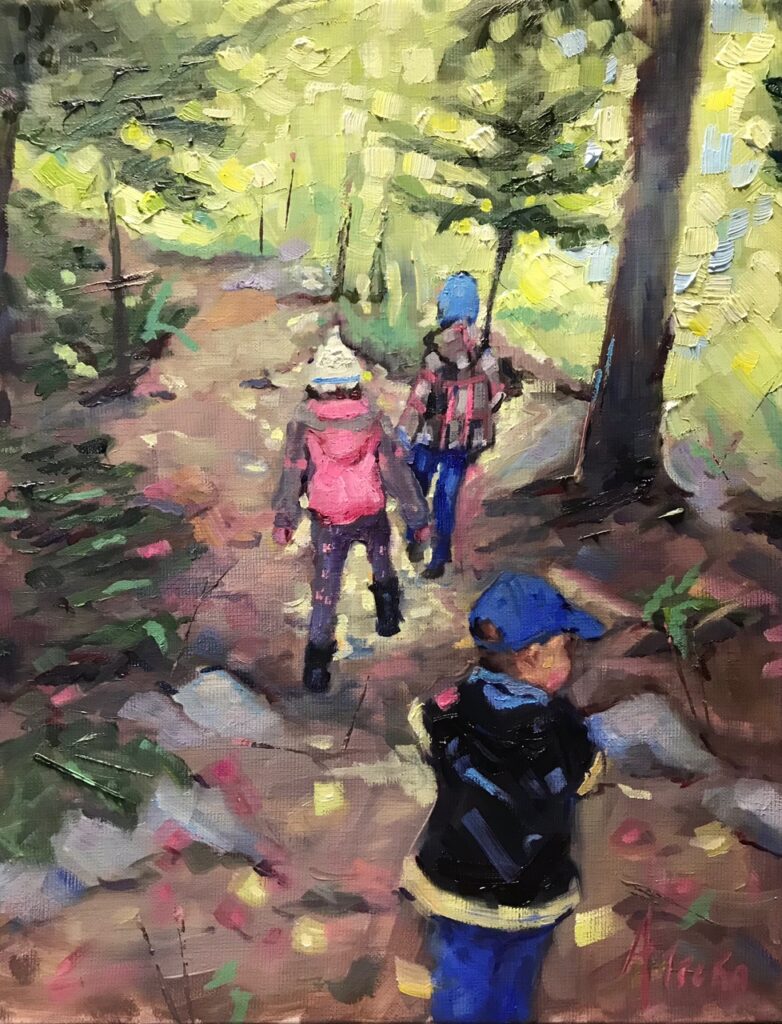
16″ x 12″ – Oil
“How do you find the time to paint with small children?” This is a question I am frequently asked by friends, family and followers on social media. Perhaps you are struggling with the same issue. The good news: as a creative parent, you will find a way! We’ve all learned that when you’re passionate about something, you will make it happen.
I’d like to share a few tips and tricks that have worked for me. First, let me introduce myself. My name is Ashlee Trcka and I’m an award-winning impressionist oil painter, visual inventor, and proud Mom of three small children. My life revolves around my art and my children. So how do I make it all work? It comes down to time management skills, something I learned in both grade school and in business classes at university. Before children, I could paint at any hour, any day of the week. After my children were born, I had to learn to utilize my time in a very precise way. It’s important to block in creativity slots in the day for both myself and my kids. Having a daily agenda that includes time dedicated to working on one’s craft is crucial. What will the kids do while you’re painting away? Let them join you! Establish a routine where they feel involved in the creative process alongside you. Whether they’re painting or crafting with paper and glue, it’s important to have a “creative hour” where everyone feels connected to their art.
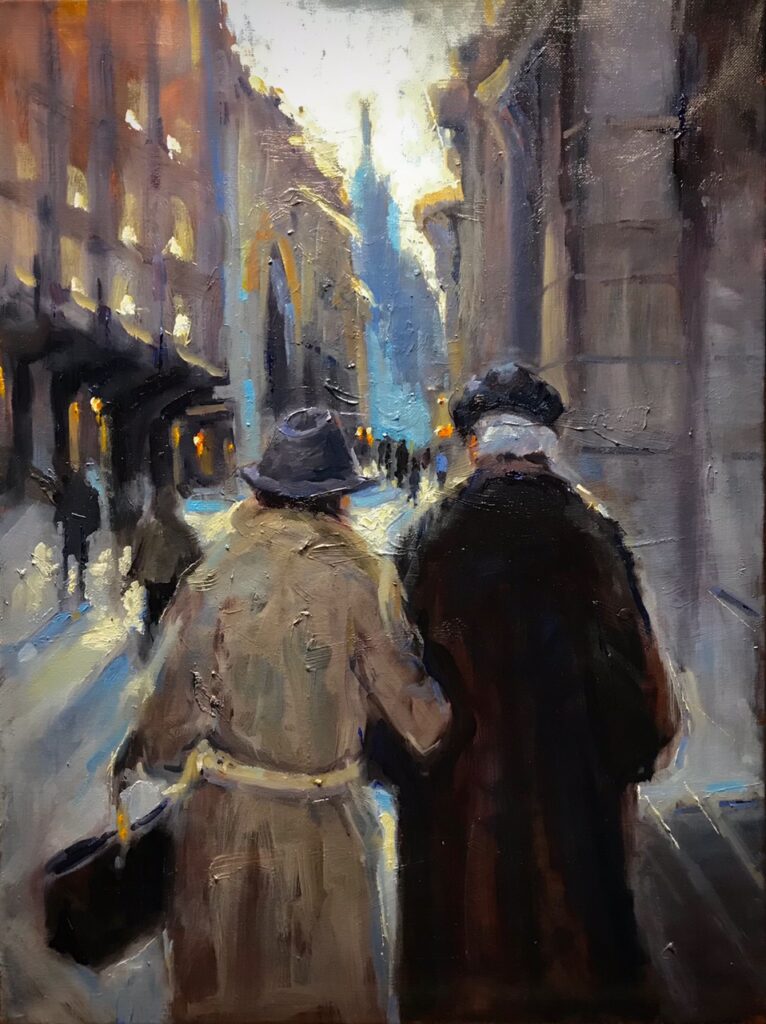
24″ x 18″ – Oil
For example, a one-hour painting session with my daughter consists of her painting at an easel next to mine. I’ll set up my plein air easel next to my studio easel so that she has her own workspace. My son prefers the kitchen table, so you can use that instead of an easel if you don’t have a spare.
“Yes but what if the children can’t keep focused for an hour?” I hear you say. As an artist parent, you must plan for this. Planning is the key to success. Kids may not what to paint every day. I always have crafts put aside and new fun things for them to do when they tire of the usual routine.
If a one-hour block is too long for either of the kids to maintain focus painting, I have dollar store crafts ready to access so I can get my work done. Children love sensory play, so my go-to items are kinetic sand, modelling clay and Play-Doh.
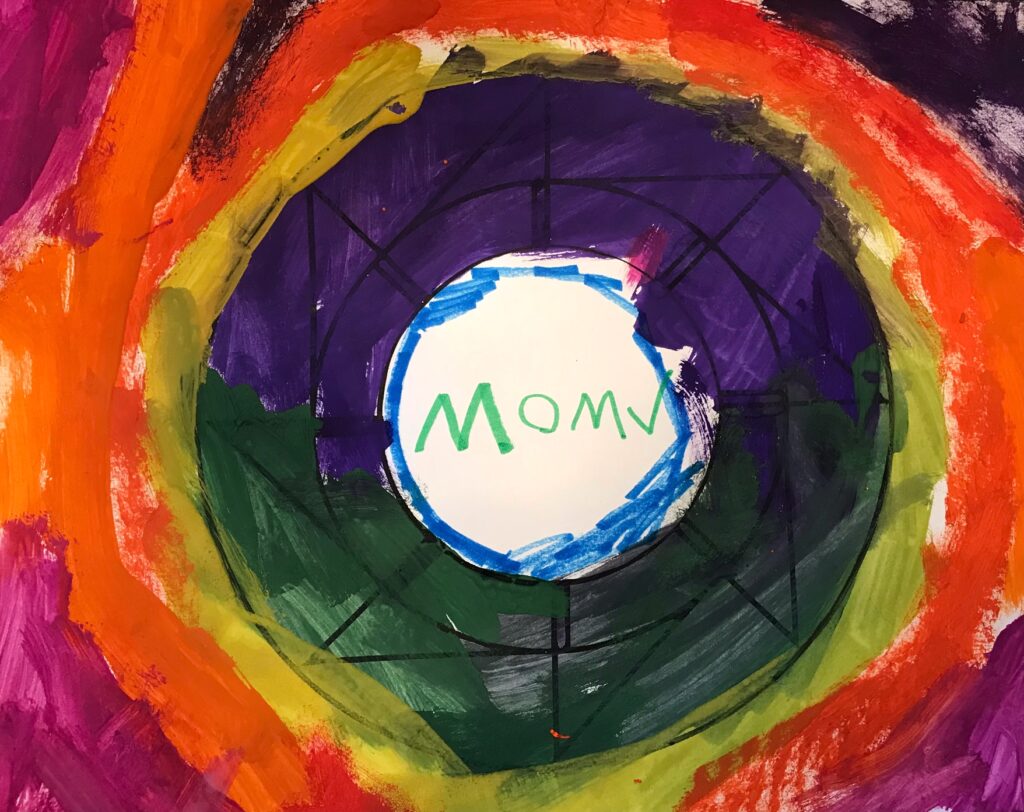
12” x 16” – Acrylic
Another important factor in prioritizing your painting practice is to be intentional and focused with your time. Where there is intent comes productivity! If you can devote one hour per day to your painting, you can actually get a lot done. I think we can all relate to the fact that it’s easy to procrastinate and take time away from the easel. To help avoid procrastination, I have a large wall calendar in my office with “creativity hour” penciled in on days we are painting. As a visual person, seeing it written out makes me stick to the schedule. I use that hour to create by either planning a new painting design through small studies, or by applying paint. Setting the goal of working creatively for an hour and achieving it is incredibly rewarding for both myself and the kids.
You may ask, “Is an hour-long enough?” It sure is! One of the benefits of being an artist parent is you’ll perfect your Alla Prima skills. (Alla Prima is a method of painting in which the paint is laid on in a single application instead of being built up in layers.) Some of my best, award-winning paintings were created using the Alla Prima approach. You will amaze yourself with how quickly you can work once you give it a try. So set a timer and paint away!
Lastly, if you are dedicated to your craft, you will inspire and influence your children. When they see you “doing your thing” they respect and appreciate it. My kids think their artist Mom is pretty cool! So my parent artist friends, set an agenda, stay focused and plan! Happy painting Moms and Dads!
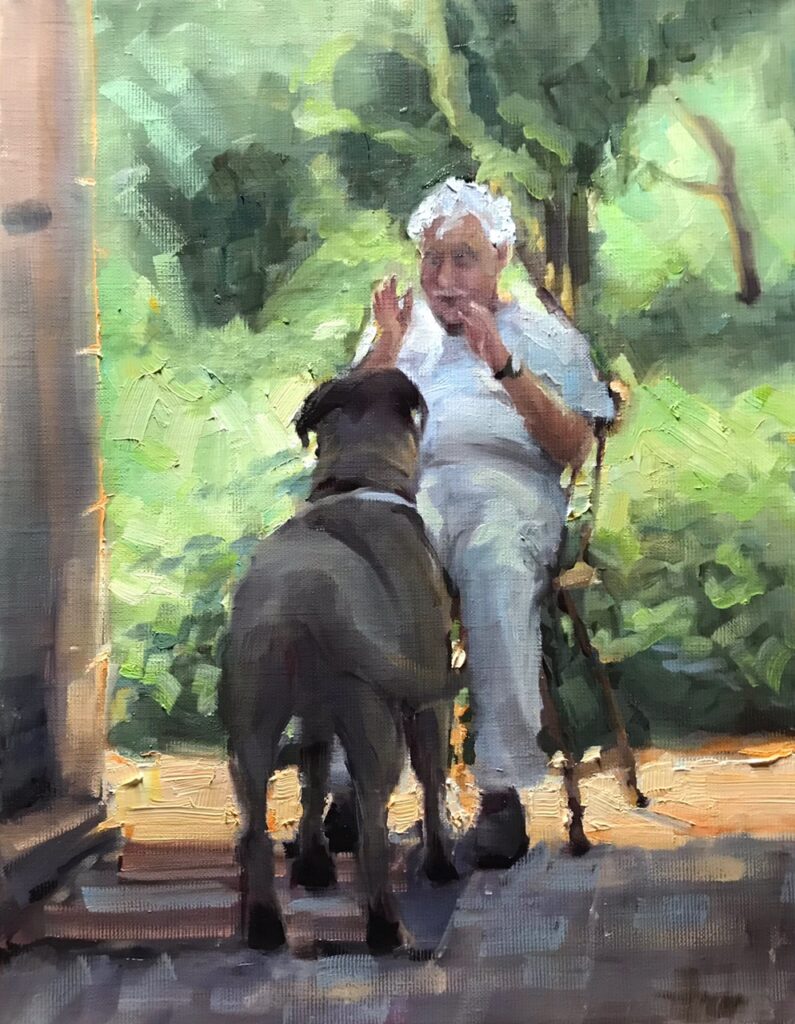
14″ x 11″ – Oil
